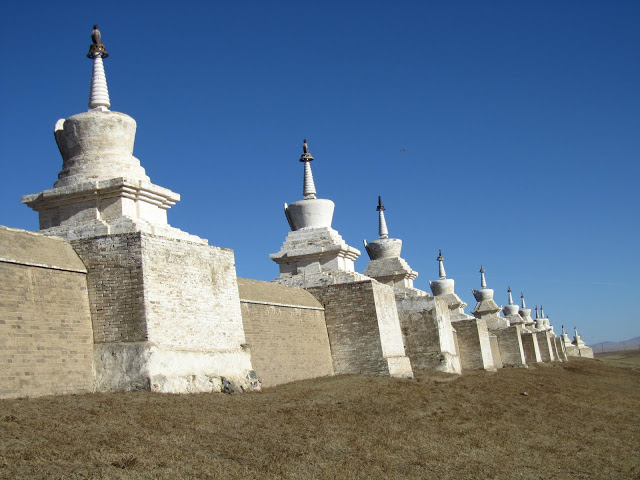Gobi tour 6 nights / 7 days Itinerary

Day 1. From Ulaanbaatar to Baga Gazriin Chuluu, in the Middle Gobi
Baga Gazariin Chuluu is 1751-meter high granite stone mountains in the territory of Adaatsag soum.located in the northwest of the province of Dundgovi,in the heart of the steppe, 250 km towards south of Ulaanbaatar, in the sum of Delgertsogt. At a height of 1751 metres they form a granite canyon erected in the heart of the steppe. The erosion polished the rock faces of the cliffs. Some of the lateral entries of the canyon are not very accessible, but most of them permit to enter and to make wonderful hikes in this rocky maze. You may manage to see on the rock the inscriptions written by two venerated monks who lived there in the 19th century. stay in tent.
Day 2. Tsagaan Suvarga( white stupa), Eagle valley (Yolyn am)
The rocky formations of Tsagaan Suvarga, ”white stupa”, are located in the Southeast of the sum Olziit, on the Southern border of the province of Dundgovi. These rocky formations eroded by the wind look like a ruined city if you observe them from a certain distance 85km. white stupa about 60 m high and 400 m long.
Yolyn am (Eagle valley)
It’s one of the natural secret of Gobi Gurvan Saikhan Nat. Park and beautiful deep canyon with many rocky cliffs, has been created by many years of water erosion.
The Yolyn Am (Eagle Valley), a protected site in 1965, is 62 km north west of Dalanzadgad.
Very wide at the intrance, it narrows gradually into a remarkable gorge. A spring 2 or 3 km long winds its way through the defile and in July, freezing into a thick corridor of ice that stretches along a considerable distance. In earlier times, the blocks of ice rarely melted, being protected from the vicious sunlight. This, however has changed in recent years, partially because of the multitudes of tourists that walk on the ice. You can still see ice here in July but it is almost completely melted by August. Following the canyon to the very end, one emerges into a beautiful wide valley. Surrounding mountains are home to argali, ibex, and many birds of prey, as well as numerous small rodents particular to the gobi. A small museum marks the entrance to the protected zone and provides information on the petrified trees, fauna and flora of the Gobi. The walk along canyon must be done on foot. Over night tourist camp.
Day 3,4. Khongor sand dunes. camel backriding
Khongor dunes, ”Khongoriin Els”, are the most important sand mass of Gobi Gurvan Saikhan Nat.Park. Its area is more than 900 square kilometres (347,49 square miles). It’s one of the largest sandy areas of Mongolia. Suddenly standing out from the plains, they are undoubtedly among the most spectacular of the country. The wind continuously blows from North towards West and the dunes can reach breathtaking heights, between 100 and 300 m at their highest points. Khongor sand dunes are more than 180 km long and can reach 27 km wide. The inhabitants name their imposing dunes ”singing dunes” due to the noise made by the wind when it moves the sand.
overnight tourist camps.
Day 5. Bayanzag flaming cliff,Ongi temple in Middle Gobi.
Palaeontologist Roy Chapman Andrews was the first to discover dinosaurs’ bones and egg. Bayanzag red sand cliffs, today better known as “flaming cliffs” due to their colours ochre and red, are located about 100 km (62,14 miles) at the northwest of Dalanzadgad. Bayanzag means “rich in saxaul”. This thorny shrub measuring approximately two meters high proliferates in the surroundings and is a good source of food for camels.,Continue driving to Saikhan Ovoo Soum in the Middle Gobi. On the way watch out ruins of 2 monasteries: Ongiin, Hoshoo - here are plenty of interesting ruins to explore. stay in tent
Day6,7. visit Kharhorin ancient capital, Erdenezuu Monastery drive back Ulaanbaatar.
Kharkhorin is located at the lower end of the upper valley of the Orkhon river which is included within UNESCO world heritage site Orkhon Valley cultural landscape. For short time it was the capital of the Mongol empire during Ogedei Khan. In the mid of 13-th century it was as trade center in Mongolia,and good times lasted for 40 years Until Khubilai Khan moved capital to khanbalikh(beijing).
After Kharhorin was abandoned by vengeful Manchurian soldiers and destroyed in 1388s, then was badly damaged during the Stalinist purges. Erdenezuu is first buddhist Monastery in Mongolia, untill 1990 it was as a museum,then it was restored and become active again. Stay in tent.
What's included?
- Accommodation at the tourist camp in the countryside, in tents
- All entrance fees to museum and Nat.Parks
- Guide service for all program
- english speaking guide,driver,cook
- trip equipments..,
- Excursions as per itinerary and entrance fees to all museums and National parks
- Horse, camel riding
- Meals during whole trip
- Transport for all program
- Visit Nomads family


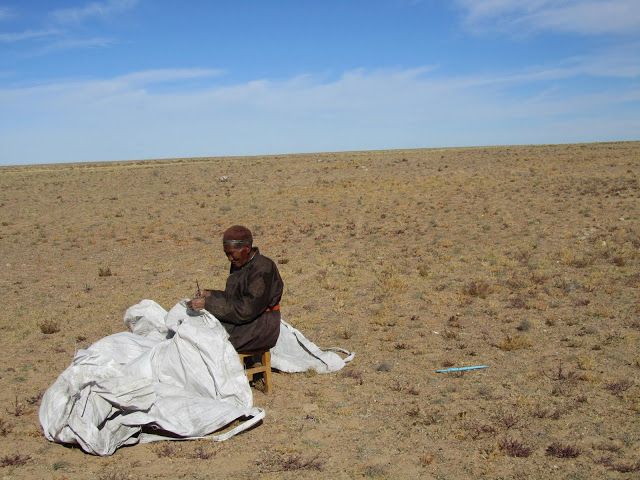
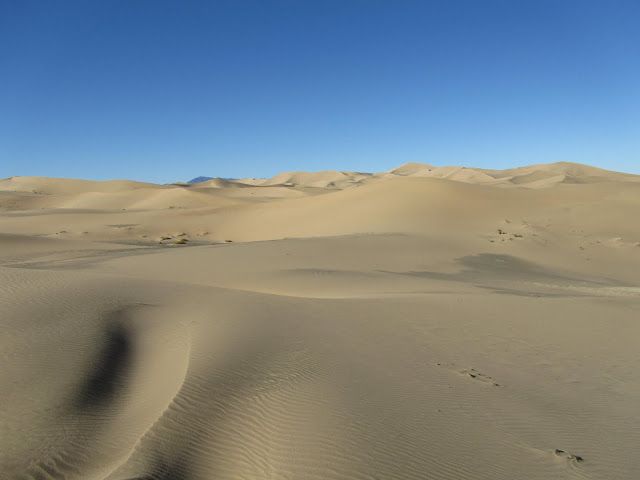
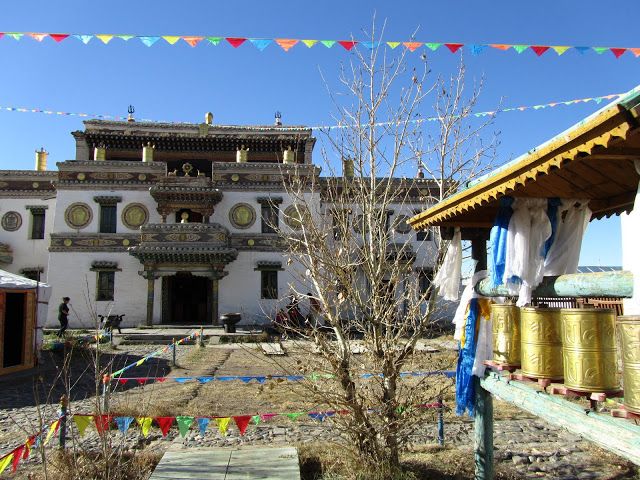
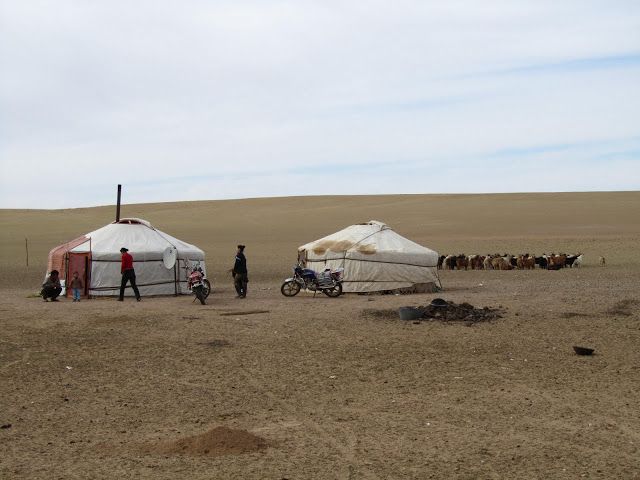
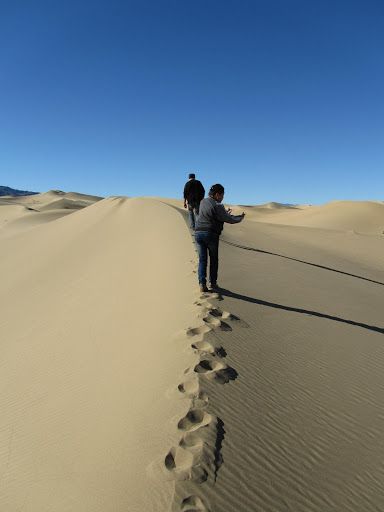
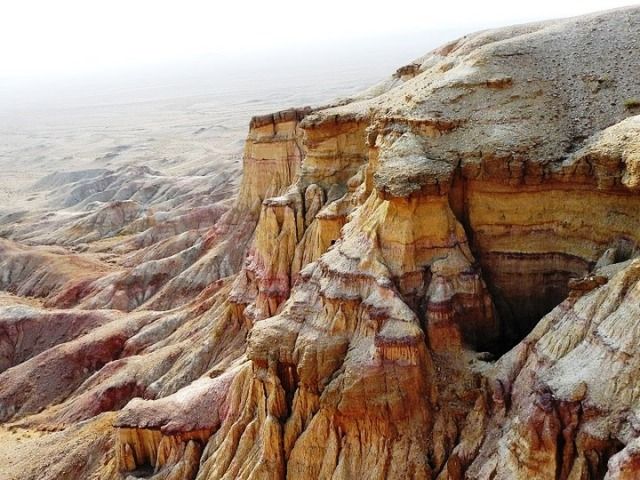
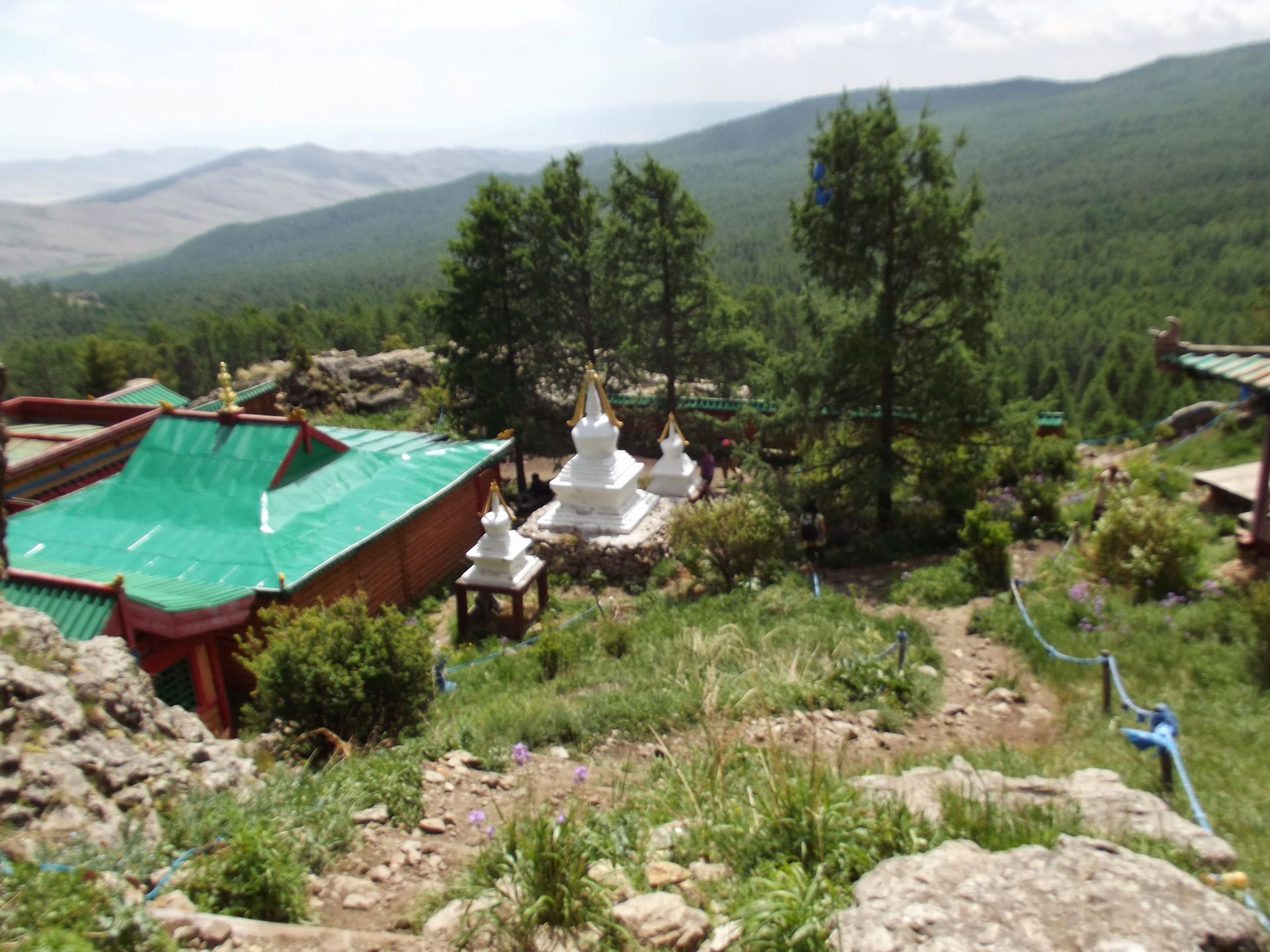
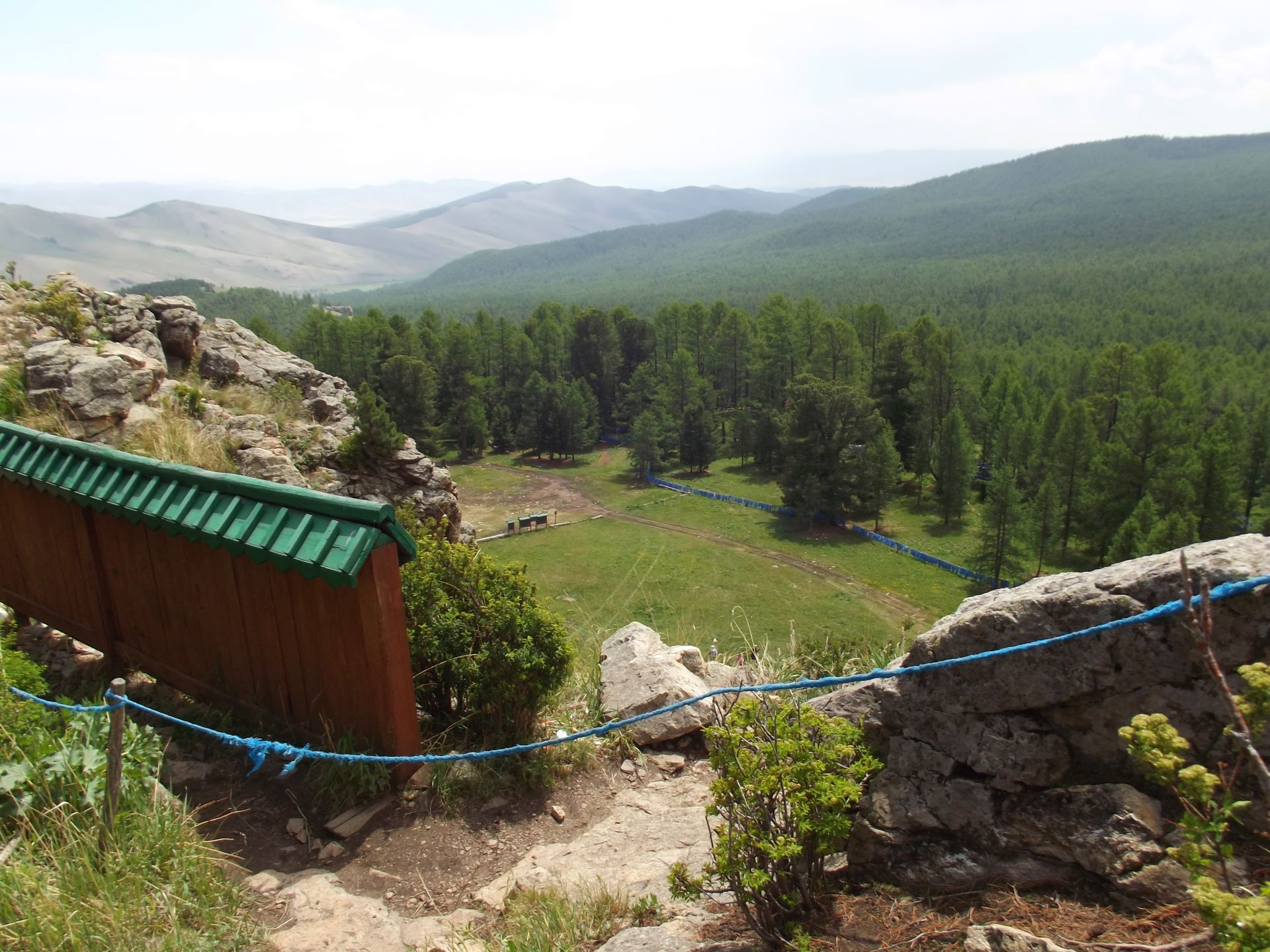
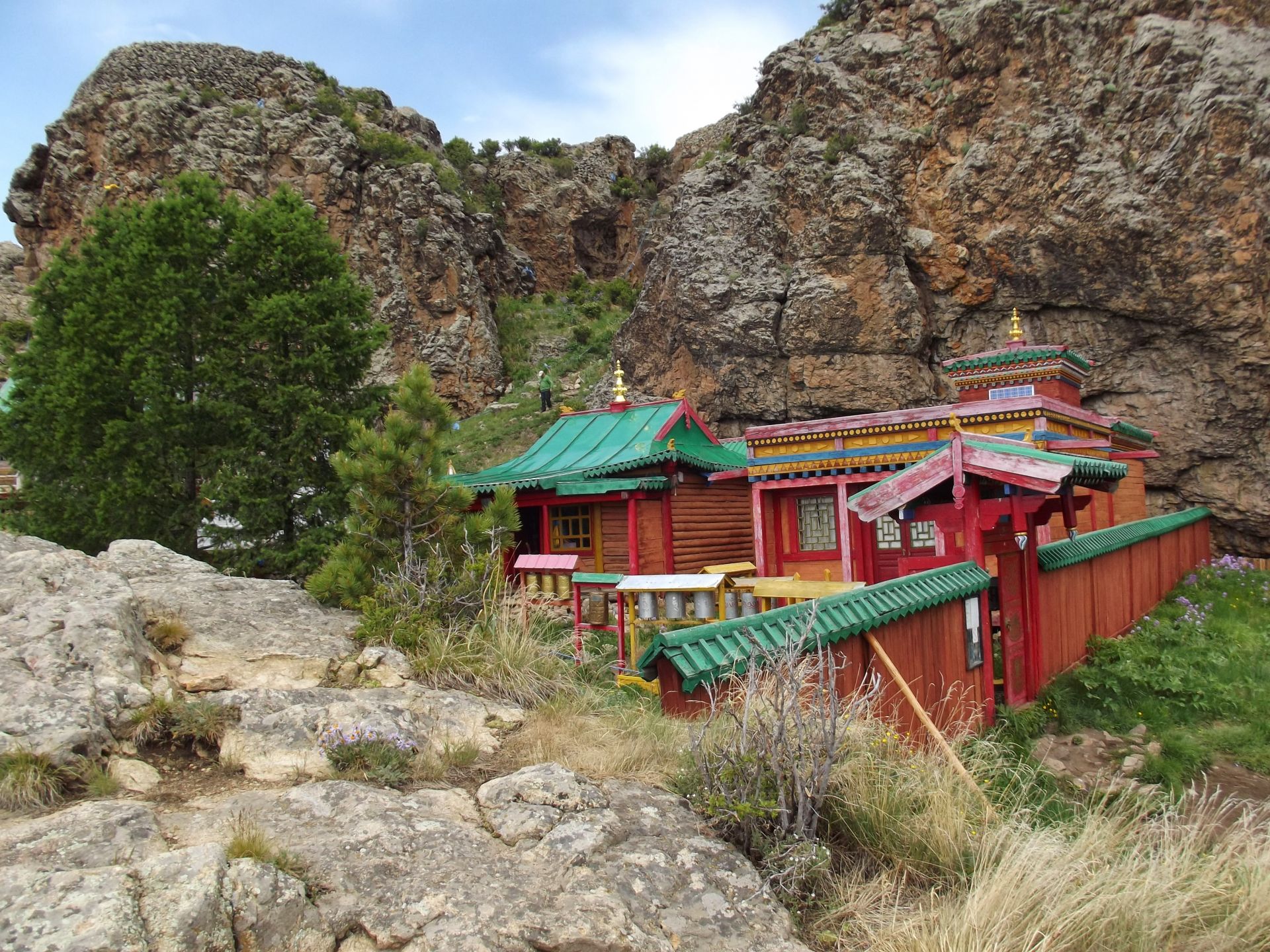
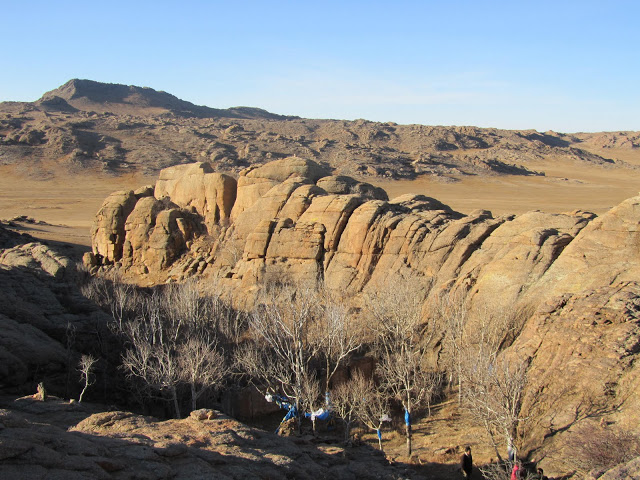
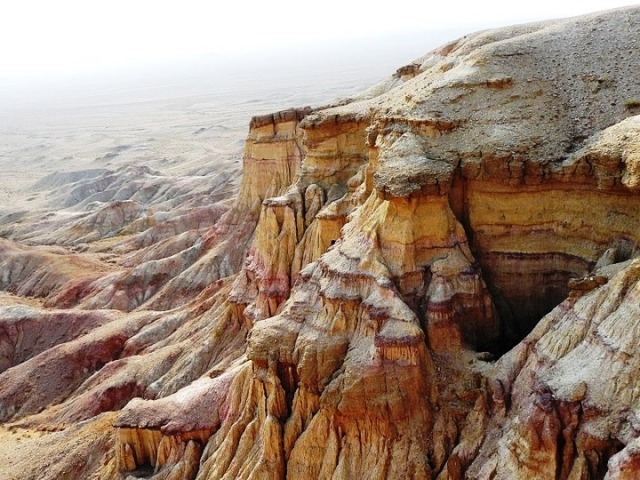
.jpg)
.jpg)
